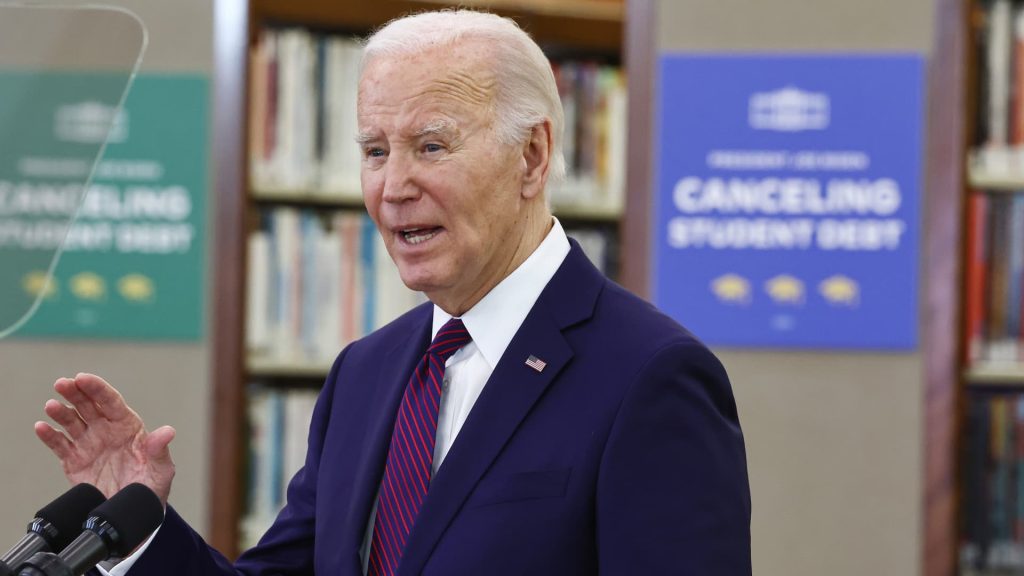After the Supreme Court rejected President Biden’s $400 billion student loan forgiveness plan last June, his administration began working on a more narrow aid package to target groups of borrowers who have been in repayment for decades and those experiencing financial hardship. The updated plan is expected to survive legal challenges due to its narrower scope, which impacts fewer Americans. Additionally, the Biden administration is using the Higher Education Act as legal justification instead of the Heroes Act of 2003, which grants authority to waive or release borrowers’ education debt.
The conservative justices on the Supreme Court did not support the argument that the education secretary could abolish $430 billion in student loans under the Heroes Act during a national emergency. The Biden administration has shifted from attempting to cancel the debt through executive action to using the rulemaking process to deliver relief. A team of negotiators met multiple times to establish the new parameters of the updated policy, with the final session concluding in February. The proposal is expected to be made public within weeks, followed by a public comment period likely to last at least 30 days.
The revised assistance package for student loan forgiveness will target borrowers who have been in repayment for decades and those facing financial hardship. Biden’s administration is confident that this updated plan will survive legal challenges because it is narrower in scope and uses the Higher Education Act as its legal justification. The administration’s previous attempt to cancel the debt through executive action was rejected by the Supreme Court, prompting them to turn to the rulemaking process instead.
With the rulemaking process underway, a team of negotiators have met to establish the new parameters of the updated policy, with the final session concluding in February. The proposal is expected to be made public within weeks, followed by a public comment period that will likely last at least 30 days. The Biden administration believes that using this process will help ensure the success of the revised aid package for student loan forgiveness.
The Biden administration is optimistic about the success of its updated plan for student loan forgiveness, as it targets specific groups of borrowers and uses the Higher Education Act as its legal justification. The more narrow scope of the plan is expected to withstand legal challenges, and the rulemaking process is seen as a more effective way to deliver relief compared to executive action. Once the proposal is made public, there will be a public comment period to gather feedback on the plan, which is likely to last for at least 30 days.
By focusing on borrowers who have been in repayment for decades and those experiencing financial hardship, the Biden administration hopes to provide targeted assistance through its updated plan for student loan forgiveness. Using the Higher Education Act as legal justification and following the rulemaking process, the administration aims to navigate legal challenges and deliver relief to those in need. The upcoming public comment period will give stakeholders an opportunity to provide feedback on the proposal before any final decisions are made regarding the aid package.















